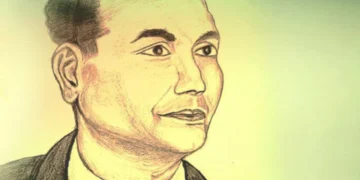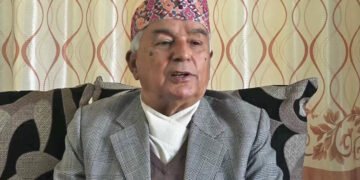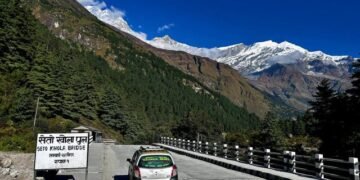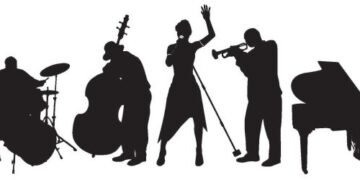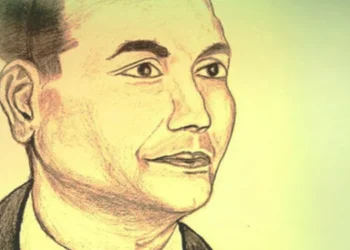Kathmandu: A protest in Kathmandu’s Tinkune area on Friday escalated into violence, leaving two dead and over 100 injured, while causing significant property damage. The demonstrators, who were calling for the restoration of the monarchy, clashed with security forces in a series of intense confrontations.
Despite attempts by authorities to control the situation with tear gas, water cannons, and baton charges, the protests became more aggressive, with protesters throwing stones, damaging public property, and setting fire to vehicles.
While these protests reflect growing frustrations in Nepal over political instability, corruption, and dissatisfaction with the current government, the violent turn has sparked concern. Among the most heartbreaking outcomes was the death of Suresh Rajak, a cameraman at Avenues Television, who was caught in the chaos while reporting. His tragic death has brought attention to the risks journalists face in conflict zones, especially when protests spiral out of control.
The protest has raised serious questions about the effectiveness of violent protests in achieving political change. Many are now asking whether such actions actually further the cause of those protesting or if they instead undermine their message and cause unnecessary harm.
This incident highlights the importance of nonviolent demonstrations in a country where peaceful protests have historically led to meaningful change. While citizens have the right to express their dissatisfaction, there’s a growing call for dialogue and peaceful resolutions, rather than turning to destruction.
As Nepal faces ongoing political challenges, it’s clear that finding common ground through conversation and understanding may be the only path toward lasting change.
The situation in Kathmandu has prompted many to reflect on the need for a more peaceful approach to protest, one that upholds the values of free expression without resorting to violence. The question now is whether future demonstrations will follow a more constructive path, focusing on solutions rather than confrontation.

